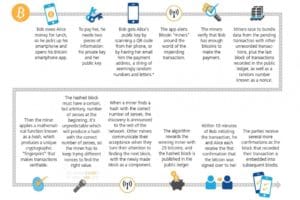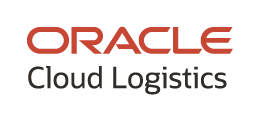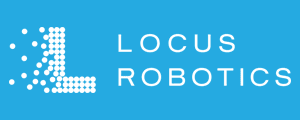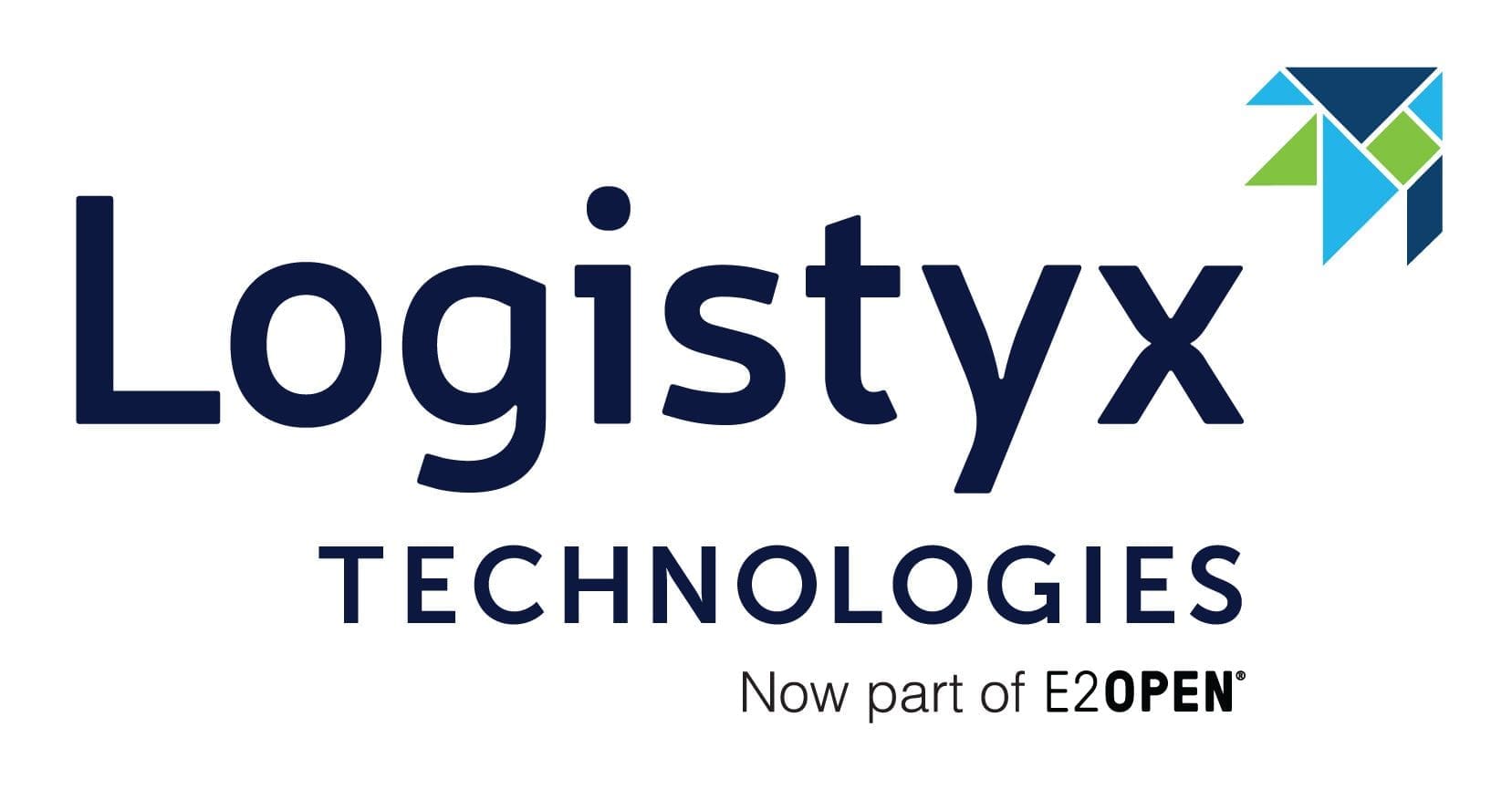Public cloud B2B solutions have special advantages when it comes to transportation execution and tracking. These solutions offer a large preexisting network of shippers and carriers already connected to the platform, which means key supply chain partners are apt to find it easier to provide visibility to each other. And these solutions offer a record of marketplace transactions that greatly reduces “he said, she said” type arguments surrounding supply chain contracts.
But the problem that almost all Internet sites and web enabled applications share is ensuring that the system can’t be hacked. Building unbreachable systems is virtually impossible. It is true that software that resides on site at a company is far more vulnerable than “platform” software (public or private clouds). That is because Cloud software providers do security patching on an ongoing basis.
In contrast, for applications that reside at a corporate site, over 80 percent of breaches involved systems where security patches had been available for at least one year; 75 percent of breaches went undiscovered for weeks or months. But while B2B sites are harder to hack, if they are hacked it is not just one company’s data that is exposed, but everyone that has used that marketplace.
Companies are investing billions in protecting their systems and training their employees. But according to several surveys cybersecurity remains one of the CEO’s biggest worries. It is also always a top concern for supply chain executives worried about building more robust supply chain resiliency capabilities. And it should be. It is clear that teams of savvy hackers working together can hack almost any system they want to.
So it was with great interest that I listened to Mika Lammi of Kouvola Innovation explain to me how blockchain technology could be used to create robust tendering and visibility that can be wholly trusted. Mr. Lammi is the Head of IoT Business Development at Kouvola. Kouvola has recently received a grant from the European Union development fund to finance a proof of concept on how this technology could be used to build robust and secure transportation execution and visibility. IBM is a key partner in this endeavor.
Blockchain is the core technology that is used to enable Bitcoins. Bitcoin is a type of digital currency in which encryption techniques are used to regulate the payment and transfer of funds. The bitcoin network is a currency operating independently of any central bank, which has made it controversial.
Unlike a bank’s ledger, which is centralized and private (if not breached), the blockchain is public and distributed widely. Anyone can download a copy of it. Identities are protected by clever cryptography; beyond that the system is entirely transparent. As well as keeping track of who owns bitcoin today, the blockchain is a record of who has owned every bitcoin since its inception.

One point is relevant when it comes to Bitcoin. Banks, insurance companies, credit card companies, and retailers’ customer credit card databases have all been hacked. Bitcoin has never been hacked. Because blockchain is a completely distributed computing environment, data resides everywhere. This means there is no single access point which when breached allows the whole system to be exploited.
My ARC colleague Harry Forbes tells me that billions of dollars have been invested in blockchain technologies. But the vast majority of this investment has gone into financial applications. So it is not too surprising this is the first I have heard about blockchain technology being applied to supply chain applications.
Basically the concept Mr. Lammi is pursuing is similar to the existing Bitcoin financial application. Pallets with RFID tags – or other input devices – would communicate their need to get from point A to point B by a certain date. Carrier “mining” applications would bid for the right to move that load. The RFID tag would award the business to the carrier that bests meets a shipper’s price and service needs. Then as the move progresses, the blockchain would continue to track the shipment. Because the transportation tendering process is analogous to the financial settlement process in Bitcoin, this is a good place to begin exploring the applicability of this technology to the supply chain profession. It is also worth noting that because this uses RFID in a distributed environment that this is also an Internet of Things (IoT) application.
Will it work? It is of course too early to say. But if supply chain applications can be built that are truly secure, the benefits would be immense.

















